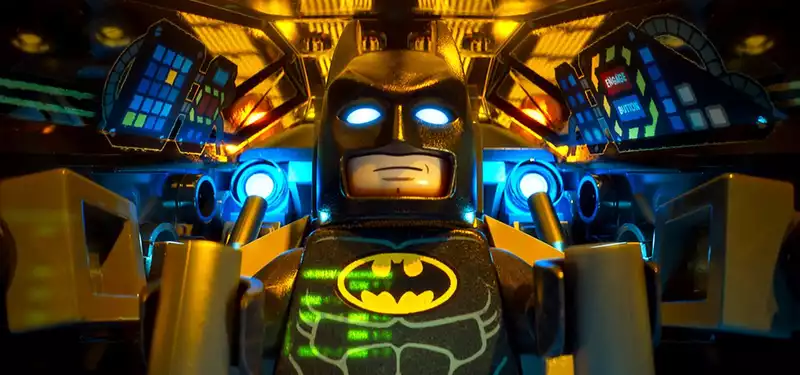Aug 22, 2016
"Lego Movie" Studio Animal Logic offers a degree in animation
Students and artists looking to score that killer animation or visual effects job often suffer from one key missing ingredient in their applications: work experience.
That's particularly the case in Australia, a country with a small but advanced vfx and animation industry. Now, the Sydney-based studio behind The LEGO Movie and Happy Feet, Animal Logic, is partnering with a university to give students what it says will be a unique studio experience.
The offering is the UTS Animal Logic Academy, a partnership between the 25-year-old visual effects and animation studio and the University of Technology Sydney (UTS). Beginning in 2017, students will be able to undertake a Master of Animation and Visualization within a studio environment at the UTS campus, which is centrally located near downtown Sydney;
Animal Logic, which is currently working on The LEGO Batman Movie and a number of other LEGO titles, and on visual effects for several features, says the idea for the course came after partnering with UTS on several projects over the years, and from observations it had made about the visual effects and animation industry in Australia.
“One of the reasons for creating the course was to equip students with specialist skills in digital animation and visualization practice,” Animal Logic's head of human resources Zoe Diamond told Cartoon Brew. “We often find that vfx and animation students are graduating with exceptional technical skills but require further experience in collaboration and working in a professional studio setting.”
And that's one of the first things to note about the new UTS Animal Logic Academy-it does not involve working at Animal Logic or any visual effects studio, a feature some other vfx and animation school partnerships around the world have touted. Rather, the intention is for students to attend UTS in a production-like environment, with Animal Logic making it expressly clear there is no guarantee of a work placement at the studio after completing the course.
“While we will provide mentors and run masterclasses from time to time, we are also looking forward to working with the broader industry, garnering their insights, involvement, and support for the cohort throughout the year,” noted Diamond.
“Fundamentally,” she added, “the goal of the Academy is to train people for the visualization industries, fostering a healthy ecosystem encouraging and supporting the expansion of the digital animation and visual fx industry and future emerging technologies in Australia.”
So what will this Master of Animation and Visualization involve- Essentially, it is a one-year full-time course made up of three modules. Students will be required to be at UTS on weekdays, 9am-to-5pm, and will be collaborating with others on projects.
Although Animal Logic is behind the content of the course, it won't be focused solely on animation and visual effects. Diamond notes that 'visualization' is one of the main elements, that is, she says, “how we view data, be that animation, vfx, gaming, future reality-vr and ar-to medical research, infrastructure, architecture, and mining.”
If you're starting to think this is a course for people who already have experience in visual effects and animation, that's partially true. The guidelines for applicants note, and Diamond also informs Cartoon Brew, that “a certain level of digital dexterity will be a pre-requisite.” However, applicants from disciplines in other areas such as R&D and software engineering are being strongly encouraged to apply.
It's also important to note the course is not cheap-the year of study will set you back AUS$45,735 (US$34,800), although there are schemes in the country for fee assistance. International students are also able to apply.
Australia's vfx and animation industry has historically punched above its weight in output. But one of the tougher parts of a globalized industry is competing for talent against major vfx and animation hotspots like London and Vancouver (where Animal opened a satellite office last year), and of course the nearby Weta in Wellington, New Zealand.
It's possible, then, that the UTS Animal Logic Academy might be a way to attract, and retain, more artists for local projects into the future.
You can learn more information about the Academy at http://animallogicacademy.uts.edu.au.




Post your comment